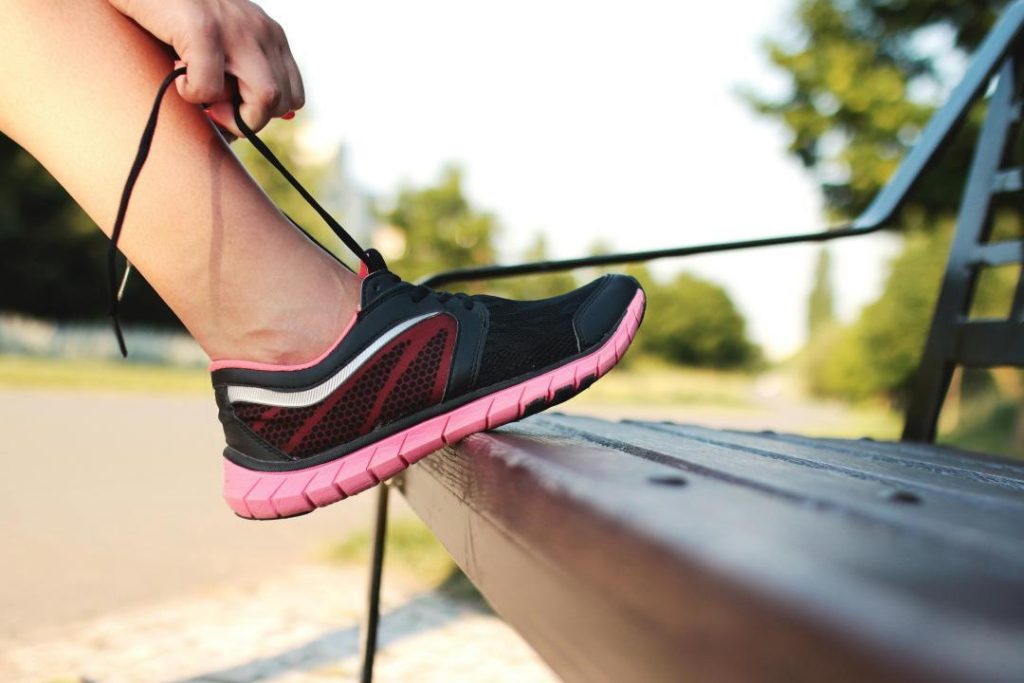
New Study Shows Forefoot Striking Increases Tibia Stress
As runners, we’re always looking for ways to improve our technique, reduce our risk of injury, and optimize our performance. One popular trend in recent years has been the adoption of forefoot striking, also known as midfoot or minimalist running. Proponents of this approach claim that it can reduce the impact on our joints, improve our running efficiency, and even increase our speed. However, a new study published in the Scandinavian Journal of Medicine & Science in Sports has raised concerns about the potential risks of forefoot striking, particularly for runners who are not accustomed to it.
The study, which was conducted by researchers at the University of Southern Denmark, involved 24 recreational runners who were divided into two groups. The first group was instructed to adopt a forefoot striking pattern, while the second group continued to use their usual rearfoot striking technique. The runners then completed a 30-minute treadmill run while wearing devices that measured the loading on their tibia (shinbone).
The results were striking. Compared to the rearfoot striking group, the forefoot striking group showed significantly higher internal tibial loading, particularly during the impact phase of each stride. This increased loading was especially pronounced in the runners who were not accustomed to forefoot striking, suggesting that their bodies were struggling to adapt to the new demands being placed upon them.
So, what does this mean for runners who are considering making the switch to forefoot striking? The study’s authors warn that the added muscle demand required to adopt this technique may raise the risk of injury, particularly in the tibia. This is because the tibia is not designed to absorb the shock of each stride in the same way that the heel is, and the increased loading may lead to stress fractures or other overuse injuries.
This is not to say that forefoot striking is inherently bad or that all runners should avoid it. In fact, many runners have successfully transitioned to this technique and reported improved performance and reduced injury risk. However, the study’s findings suggest that it’s essential to approach this transition gradually and cautiously, especially if you’re new to forefoot striking.
So, how can you make the switch to forefoot striking safely? Here are a few tips to keep in mind:
- Start slowly: Don’t try to switch to forefoot striking overnight. Gradually introduce the technique into your runs, starting with short distances and gradually increasing the length and intensity.
- Strengthen your ankles and feet: Forefoot striking requires stronger ankles and feet, so make sure to incorporate exercises like calf raises, toe curls, and single-leg balances into your training routine.
- Focus on proper form: Make sure to maintain proper form when transitioning to forefoot striking. This includes keeping your posture upright, engaging your core, and avoiding overstriding.
- Listen to your body: Pay attention to your body and take rest days as needed. If you experience any discomfort or pain, stop and reassess your form and technique.
In conclusion, while the study’s findings may be concerning, they also highlight the importance of a gradual and cautious transition when changing foot strike patterns. By following these tips and taking the time to adapt to the demands of forefoot striking, you can reduce your risk of injury and optimize your running performance.
Source: https://thepfc.club/blogs/news/should-you-change-your-running-foot-strike






